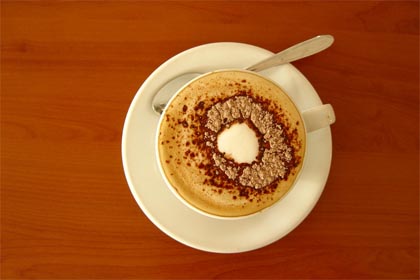When you’re selecting an outdoor table at etchandbolts.com, you’ll face a crucial decision that impacts your investment’s longevity: the material choice. Each option presents distinct advantages and potential drawbacks in durability, maintenance, and climate compatibility. You’ll need to weigh factors like teak’s natural oils that resist decay, aluminum’s lightweight durability, or synthetic wicker’s quick-drying properties. Let’s examine how these materials perform across different environments and lifestyle demands to guide your selection process.
Popular Outdoor Table Materials and Their Properties
When selecting an outdoor table, understanding the characteristics of different materials is crucial for durability and maintenance. Teak offers natural weather resistance and ages to a silver-gray patina. Powder-coated aluminum won’t rust and remains lightweight. Wrought iron provides exceptional stability but requires rust prevention. Synthetic wicker resists UV damage and moisture, while concrete delivers modern aesthetics with industrial strength.
Weather Considerations for Different Table Materials
The diverse climate conditions in your region should guide your outdoor table material selection. If you’re in a humid area, avoid untreated wood that’s prone to warping. Hot, sunny regions require UV-resistant materials like aluminum or teak. For coastal locations, choose marine-grade stainless steel to prevent salt corrosion. In snowy areas, powder-coated metal or concrete will withstand freeze-thaw cycles.
Maintenance Requirements Across Material Types
Since different materials demand varying levels of upkeep, you’ll need to assess your willingness to perform regular maintenance before selecting an outdoor table. Wood requires annual sanding and sealing, while aluminum needs occasional washing with mild soap. Wrought iron demands rust prevention and touch-up painting, and teak requires quarterly oiling. Plastic and resin composites offer the lowest maintenance, needing only basic cleaning.
Making the Right Material Choice for Your Outdoor Space
Understanding maintenance requirements leads naturally to selecting materials that align with your specific outdoor environment. Consider your climate’s primary challenges: salt air near oceans demands marine-grade stainless steel or aluminum, while high-UV areas require fade-resistant materials like teak or powder-coated metals. Heavy rainfall regions benefit from quick-drying synthetic wicker or treated woods with excellent water resistance.
